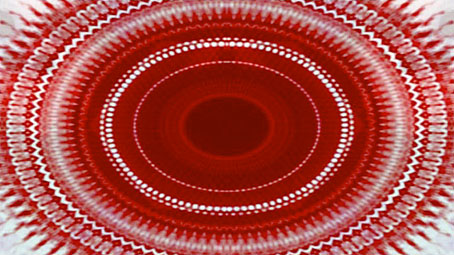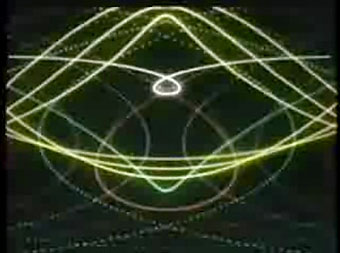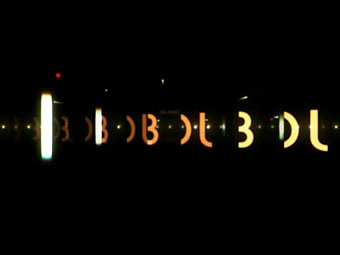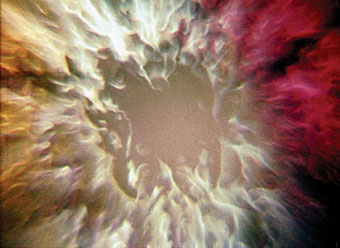
The Demon Regent Asmodeus (2006).
Alan Moore readers have finally discovered my little easter egg on the Mindscape of Alan Moore DVD so I can now talk about the creation of this miniature work. Director Dez Vylenz and I thought it would be nice to have a hidden extra somewhere on the main disc and this was the result.

Glykon and Asmodeus by Alan Moore (1994).
I’d always liked the Asmodeus section that Alan reads on the first Moon & Serpent CD and had the idea for some kind of animation based around the reading using his 1994 portrait of Asmodeus for the visuals. I used Apple’s Motion application for the animation of the DVD menus and it was this application that also animated the three-minute film. Alan’s picture was the sole source for all the visuals even though for most of the running time these are a kaleidoscopic mesh of circles and hexagons. The reading (with sound effects by Tim Perkins) works symmetrically, building to a central point then reversing itself so that the words from the first half are read in reverse order. I followed this scheme with the animation; the film begins in abstraction, evolves into the Asmodeus portrait then devolves back into abstraction. There’s also a symmetrical split to the visuals which are matched along a vertical axis in the centre of the screen. I had James Whitney’s Lapis in mind when creating these circular patterns although Whitney’s forty-year-old film remains abstract throughout. Whitney’s film was also done the hard way, one frame at a time, without the luxury of computer filters.
The Mindscape of Alan Moore is available via mail order from Shadowsnake Films.
Previously on { feuilleton }
• Alan Moore in Arthur magazine
• Of Moons and Serpents
• Lapis by James Whitney






